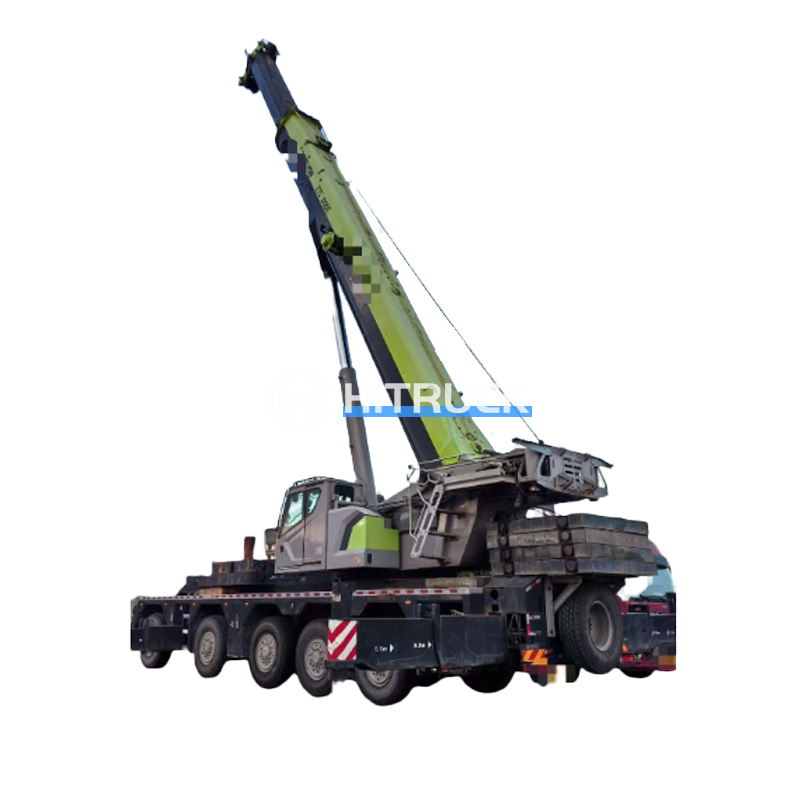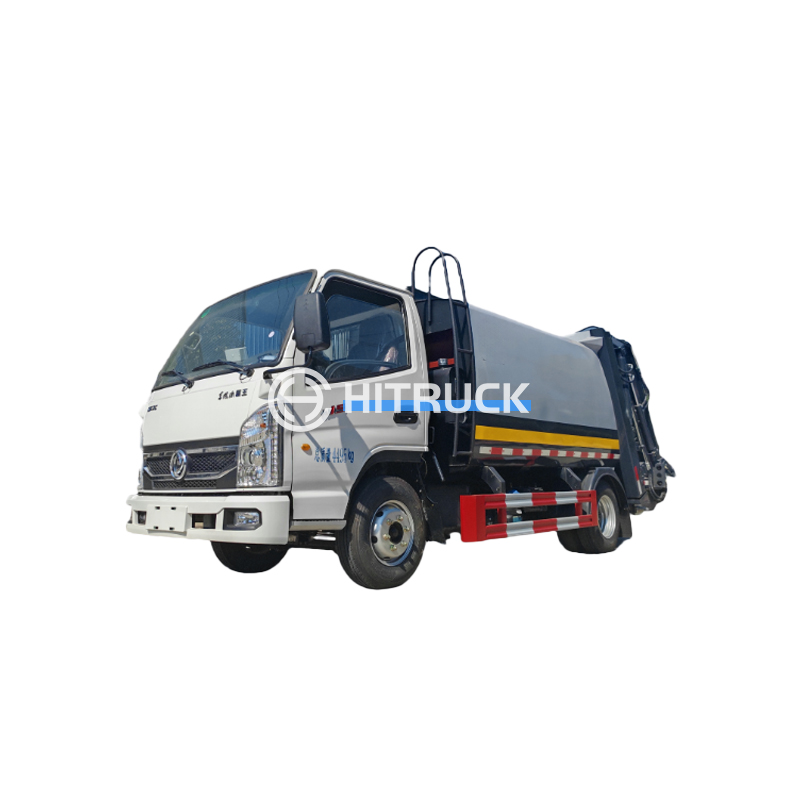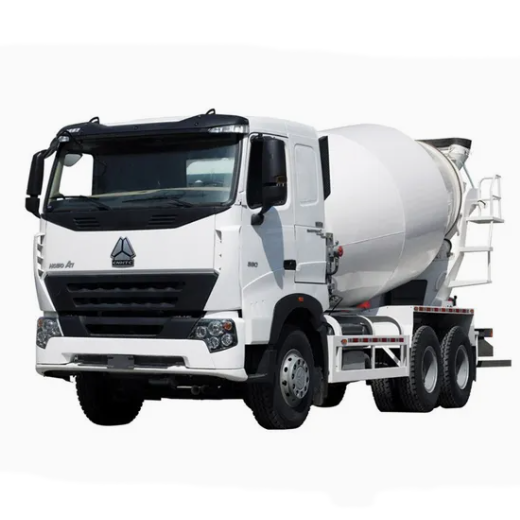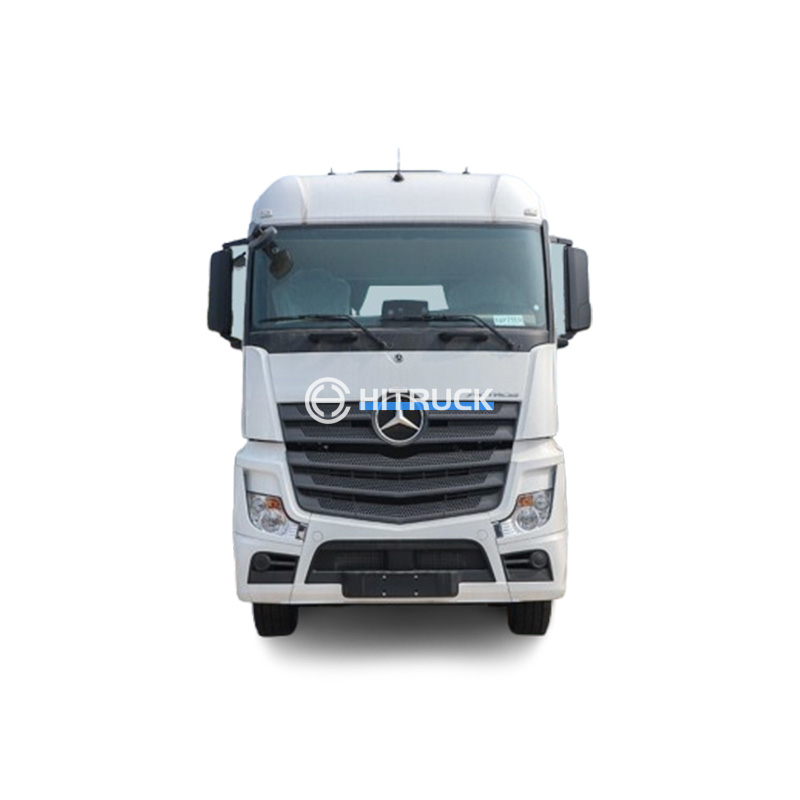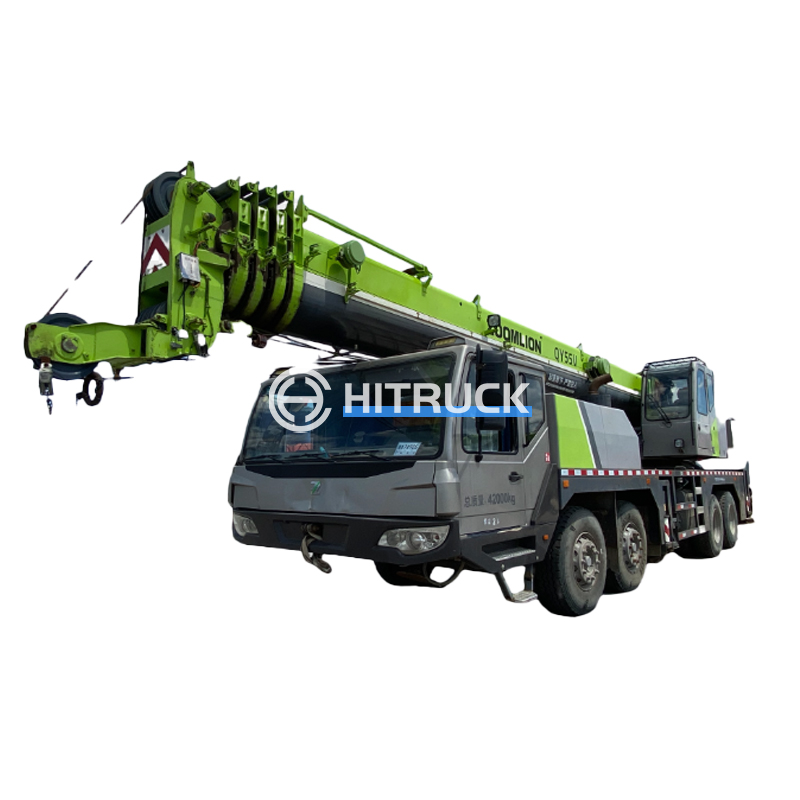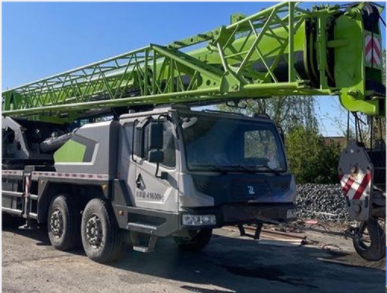This comprehensive guide helps you understand the various types of drinking water tankers available, factors to consider when purchasing one, and best practices for maintenance and operation. We'll cover everything from capacity and material to safety regulations and cost considerations, ensuring you make an informed decision.
Stainless steel drinking water tankers are a popular choice due to their durability, resistance to corrosion, and ease of cleaning. They are ideal for transporting potable water and are often used by municipalities and water delivery services. The high cost is offset by their longevity. However, they can be heavier than other options.
Polyethylene (PE) drinking water tankers are lightweight and relatively inexpensive. They are suitable for various applications, but their durability might be less than stainless steel, especially in harsh conditions. PE tankers are often preferred for smaller-scale operations and temporary needs. Proper UV protection is crucial for extending their lifespan.
Fiberglass drinking water tankers offer a good balance between strength, weight, and cost. They are resistant to corrosion but require careful handling to avoid damage. Fiberglass is a good option for those seeking a middle ground between the durability of stainless steel and the affordability of polyethylene.
The capacity of the drinking water tanker should align with your water transportation needs. Consider the volume of water you typically transport and any future growth projections. Overestimating your needs can lead to unnecessary costs, while underestimating can create logistical challenges.
As discussed above, the choice of material (stainless steel, polyethylene, or fiberglass) impacts cost, durability, and maintenance requirements. The intended use and budget should guide your decision.
Safety is paramount. Look for tankers equipped with features such as pressure relief valves, leak detection systems, and secure fastening mechanisms. Compliance with relevant safety standards is crucial.
Regular maintenance is essential for ensuring the longevity and safety of your drinking water tanker. This includes regular cleaning, inspections, and repairs. Proper operation procedures should be followed strictly to avoid accidents.
Choosing a reputable supplier is vital. Look for suppliers with experience, positive customer reviews, and a commitment to quality. Consider factors like warranty, after-sales service, and availability of spare parts. For large-scale operations, consulting with companies like Suizhou Haicang Automobile sales Co., LTD (https://www.hitruckmall.com/) can be beneficial.
The cost of a drinking water tanker varies considerably based on size, material, and features. It’s advisable to obtain quotes from multiple suppliers before making a purchase. Factor in ongoing maintenance costs and potential repairs when budgeting.
Ensure your drinking water tanker complies with all relevant local and national regulations related to food safety and water transportation. These regulations often dictate aspects like material choice, cleaning protocols, and labeling requirements.
| Tanker Type | Cost | Durability | Maintenance |
|---|---|---|---|
| Stainless Steel | High | Excellent | Moderate |
| Polyethylene | Low | Good | Low |
| Fiberglass | Medium | Good | Medium |
Remember to always prioritize safety and compliance when selecting and operating your drinking water tanker.

